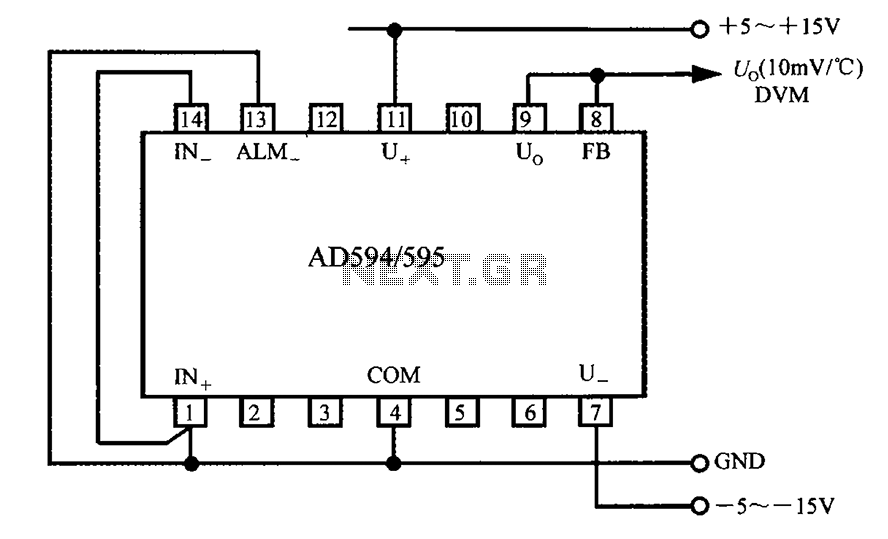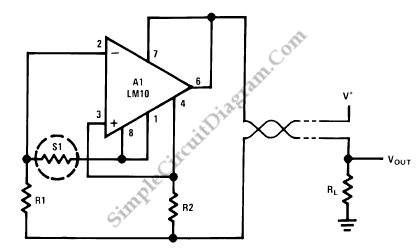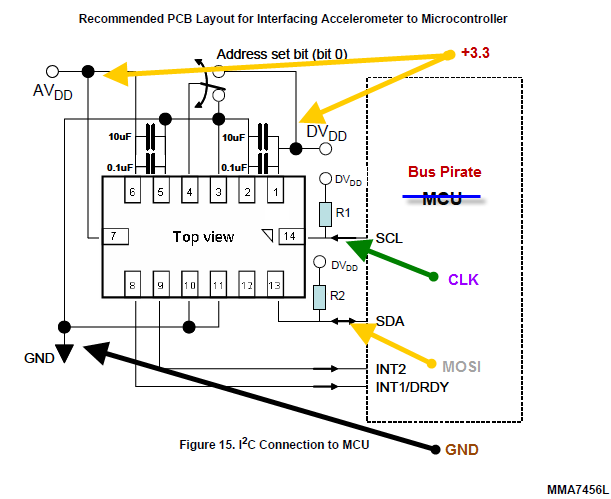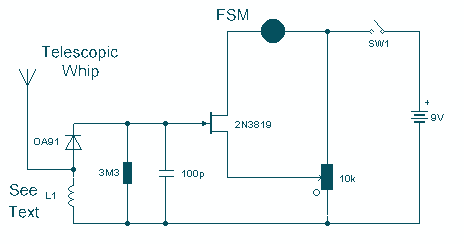
Five-Decade Dynamic Light-Level Meter
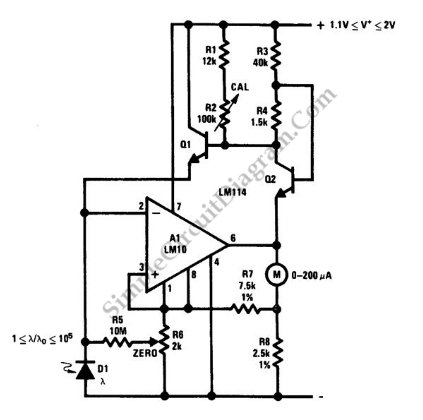
This is a portable light-level meter circuit with a five-decade dynamic range. It utilizes a single-cell battery as the power supply. To calibrate this circuit,
The portable light-level meter circuit is designed to measure light intensity across a wide dynamic range, specifically five decades. This feature allows for versatile applications, from low-light environments to bright conditions. The circuit is powered by a single-cell battery, which ensures portability and ease of use in various settings.
The core components of the circuit typically include a photodetector, such as a photodiode or phototransistor, which converts light into an electrical signal. This signal is then amplified using an operational amplifier (op-amp) configured in a suitable gain arrangement to accommodate the varying light levels.
A microcontroller or a dedicated analog-to-digital converter (ADC) can be incorporated into the design to process the amplified signal. This processing unit may also handle the calibration of the circuit, allowing users to adjust the output readings to match known light levels for accuracy.
The output of the circuit can be displayed on an analog meter or a digital display, providing a clear and immediate readout of the light intensity. Calibration may involve adjusting variable resistors or using software routines to ensure that the readings are accurate across the entire range of light levels.
Overall, this portable light-level meter circuit is an essential tool for applications in photography, horticulture, and various scientific research fields where precise light measurement is necessary. Its compact design and reliance on a single-cell battery make it a practical solution for on-the-go measurements.This is a Portable light-level meter circuit with five-decade dynamic range. This uses a single cell battery as the power supply. To calibrate this circuit,.. 🔗 External reference
The portable light-level meter circuit is designed to measure light intensity across a wide dynamic range, specifically five decades. This feature allows for versatile applications, from low-light environments to bright conditions. The circuit is powered by a single-cell battery, which ensures portability and ease of use in various settings.
The core components of the circuit typically include a photodetector, such as a photodiode or phototransistor, which converts light into an electrical signal. This signal is then amplified using an operational amplifier (op-amp) configured in a suitable gain arrangement to accommodate the varying light levels.
A microcontroller or a dedicated analog-to-digital converter (ADC) can be incorporated into the design to process the amplified signal. This processing unit may also handle the calibration of the circuit, allowing users to adjust the output readings to match known light levels for accuracy.
The output of the circuit can be displayed on an analog meter or a digital display, providing a clear and immediate readout of the light intensity. Calibration may involve adjusting variable resistors or using software routines to ensure that the readings are accurate across the entire range of light levels.
Overall, this portable light-level meter circuit is an essential tool for applications in photography, horticulture, and various scientific research fields where precise light measurement is necessary. Its compact design and reliance on a single-cell battery make it a practical solution for on-the-go measurements.This is a Portable light-level meter circuit with five-decade dynamic range. This uses a single cell battery as the power supply. To calibrate this circuit,.. 🔗 External reference
